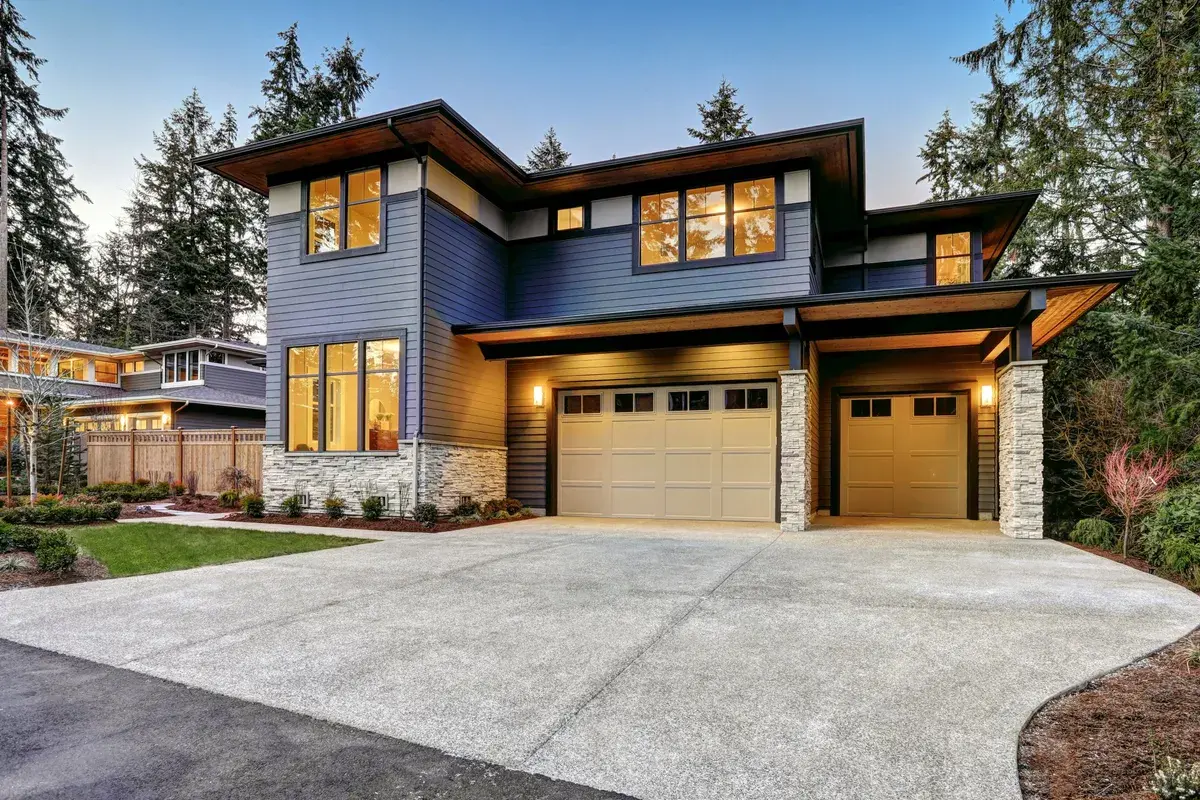Introduction
Animation has become a cornerstone in the world of digital storytelling, marketing, and entertainment. Businesses, brands, and creative agencies often turn to 2D animation to deliver their messages in an engaging and visually appealing way. However, understanding the costs associated with creating a high-quality 2D animation can be challenging. One common method of pricing is by calculating the “2D animation cost per second.” This metric provides a clearer insight into how expenses accumulate and what clients can expect to pay based on the animation’s length and complexity. Here, we explore the factors that influence the cost per second, the typical price range, and essential considerations for anyone interested in producing 2D animated content.
What Is 2D Animation Cost Per Second?
The “2D animation cost per second” is the estimated price to create one second of fully-produced, polished 2D animation. This pricing method is frequently used by animation studios and freelancers to quote projects, as it helps clients gauge costs based on project duration. By calculating costs per second, clients can plan their budgets more effectively and understand the financial impact of making changes to the length or style of the animation.
Pricing 2D animation by the second is ideal for projects with a well-defined scope, such as explainer videos, advertisements, short films, and educational content. The cost per second approach also allows studios to estimate resource allocation and time commitment based on the animation’s technical requirements, style, and detail.
Factors Influencing 2D Animation Cost Per Second
The cost of 2D animation can vary significantly depending on several factors. These elements ultimately determine the animation’s complexity and the resources required, both of which directly impact the cost per second. Below are the primary factors influencing pricing.
1. Animation Style and Complexity
The style of animation plays a crucial role in determining the cost. Some popular animation styles include:
- Traditional Hand-Drawn Animation: In this style, every frame is drawn individually, making it one of the most labor-intensive and expensive forms of 2D animation.
- Vector Animation: Created digitally, vector animation allows easy adjustments without redrawing frames. This approach is often more affordable.
- Cutout Animation: Cutout animation involves reusing and manipulating static elements, such as characters or background segments. This is generally less expensive than frame-by-frame animation.
- Motion Graphics: Primarily used in corporate and educational settings, motion graphics are visually impactful but less complex than traditional character-based animations.
The level of detail, movement complexity, and required frame rate will all affect the price per second.
2. Character Design and Number of Characters
The number of characters and their designs influence animation cost per second. Custom character designs are generally time-intensive, and animating multiple characters on-screen simultaneously demands more effort. Complex character designs with unique expressions, accessories, or costumes will increase the workload. For instance:
- Animating simple stick figures or basic cartoon-style characters may cost less per second.
- Animating characters with detailed designs, costumes, and complex expressions will increase costs due to the additional time required to create them.
3. Scene Complexity and Backgrounds
Background design is another crucial factor that impacts 2D animation cost per second. Animation scenes can range from simple, single-color backgrounds to detailed, multi-layered environments with perspective shifts, shadows, and lighting effects. Complex scenes require more time and resources, which can increase the cost per second. Additionally, animations with frequent scene changes or dynamic backgrounds that interact with the characters require more intricate work.
4. Animation Duration
The overall length of the animation project affects the cost per second. Although the cost per second metric suggests a standardized rate, animators or studios may offer discounts for longer projects. Creating a short 15-second advertisement, for instance, could be more expensive per second than a 2-minute educational animation since smaller projects often require custom setups and higher fixed costs.
5. Voiceovers, Sound Effects, and Music
High-quality sound is essential to most 2D animation projects. Voiceover talent, sound effects, and background music significantly enhance viewer engagement. Including custom or licensed music, professional voiceovers, or unique sound effects can increase the overall cost, adding to the per-second pricing. Studios may charge additional fees for sound work, or they might include it in an all-inclusive package.
6. Revisions and Project Timeline
Revisions and project timelines can have a considerable impact on 2D animation cost per second. Faster turnaround times often come with a higher price tag, as animators need to dedicate more resources to meet deadlines. Additionally, some studios offer a specific number of revisions in their pricing, and extra revisions beyond this may incur additional charges.
Price Range for 2D Animation Cost Per Second
The cost of 2D animation varies significantly, typically ranging between $50 and $500 per second, depending on the complexity and level of detail. To provide a clearer picture, here’s a breakdown of different price ranges for 2D animation per second:
- Low-Budget Animation ($50 – $100 per second): Ideal for simple animations, such as whiteboard videos or minimalistic explainer videos. These animations may lack intricate character designs and complex backgrounds, but they serve well for straightforward messages.
- Mid-Range Animation ($100 – $300 per second): This range covers animations with moderately detailed characters, dynamic movements, and simple backgrounds. These animations are suitable for corporate explainer videos, product demos, and educational videos.
- High-End Animation ($300 – $500+ per second): Reserved for animations that require high levels of detail, complex movements, and custom backgrounds. This pricing range is ideal for commercials, animated short films, or video game cinematics where quality and intricacy are paramount.
Prices may exceed $500 per second for extremely detailed, hand-drawn animations or projects involving extensive character animation.
Budgeting for 2D Animation: Tips for Clients
Understanding the cost factors and potential price ranges of 2D animation can help clients make informed decisions and stay within budget. Here are some essential tips to consider when budgeting for a 2D animation project.
Define Your Goals and Requirements Clearly
Establishing clear goals and requirements at the beginning of the project helps prevent scope changes that can drive up costs. Outline details like animation style, length, target audience, and desired message. The more detailed the brief, the easier it is for the animator to provide an accurate cost estimate.
Evaluate Animation Style Against Budget
Choose an animation style that aligns with both your creative vision and budget. For example, opting for vector animation over traditional hand-drawn animation can reduce costs without sacrificing quality. Prioritize elements that add value to your project, such as character animation or detailed backgrounds, only if they are essential to the message.
Discuss Revisions and Timeline Expectations Early On
Setting expectations around revisions is crucial to avoiding unexpected expenses. Clarify the number of revisions included in the initial quote and discuss fees for additional changes. Likewise, communicate any deadlines early on so the animation team can plan resources accordingly.
Consider Bundling Services
Some studios offer bundled services, including character design, voiceover, and sound effects, which can be cost-effective compared to hiring separate vendors. Bundling services may lower the overall cost per second and simplify communication by consolidating tasks under one provider.
Ask for a Detailed Cost Breakdown
Requesting a cost breakdown for each element of the animation allows you to see where your money is going. A transparent quote can reveal opportunities to scale down specific elements and reduce costs. Understanding how each factor affects the “2D animation cost per second” enables better decision-making throughout the project.
Conclusion
Understanding 2D animation cost per second is essential for clients who want to manage budgets effectively and set realistic expectations for their projects. By breaking down costs based on style, complexity, and production requirements, clients can determine the best approach for their needs and ensure the project aligns with their budget. Animation studios and freelancers use this metric to offer transparent pricing and better resource planning, ensuring a successful outcome that meets both creative and financial objectives.
For anyone looking to invest in 2D animation, being well-informed about cost per second can lead to smoother project planning, effective budgeting, and a final product that delivers high-quality results. Whether for storytelling, marketing, or education, understanding and managing the “2D animation cost per second” can help create animations that captivate audiences without breaking the bank.




